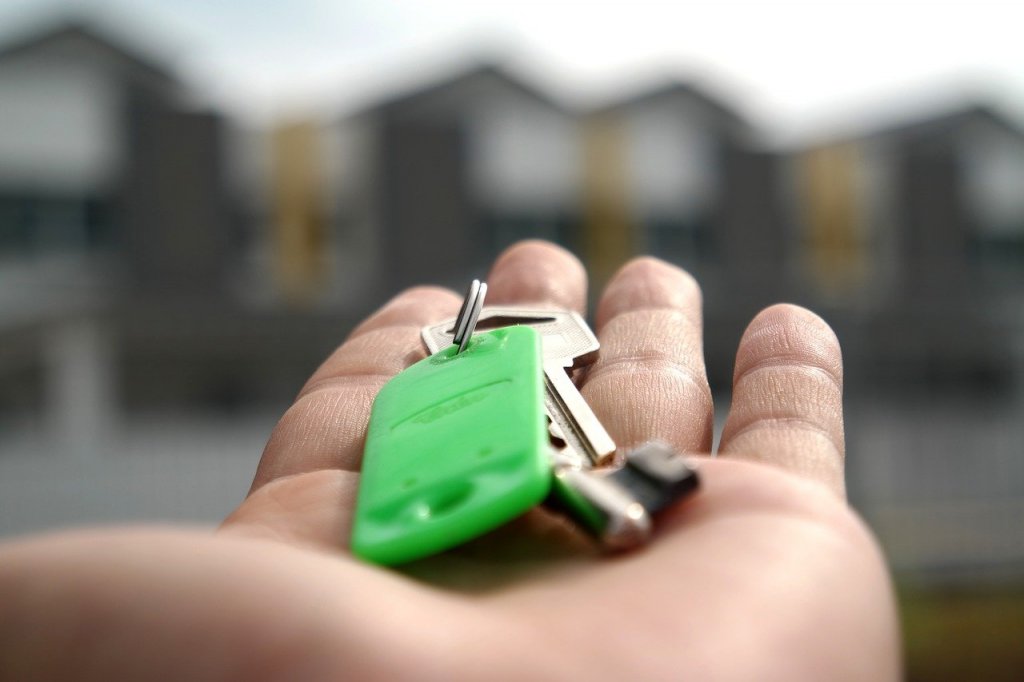If you’re lucky, you can buy your home in cash. However, many home buyers can’t afford to put all of their money into one investment for a house. While finding the right home to buy is a difficult task on its own, you’ll also need to choose the best mortgage for you.
Remember, you’ll be paying back your mortgage for 15 or 30 years, so it’s important that you find one that fits your financial situation. Here are a few tips to help you find the best mortgage for you.
1. Learn About the Different Types
There are several different types of mortgages available. While financing your home should be something that’s straightforward, the process is plagued with hurdles. Before you can be approved for a mortgage, you’ll need to apply for a loan, whether that’s VA loans Arizona or an FHA loan in California. Depending on your financial and personal situation, you can find a loan that’s right for you. A few loan options are:
- Conventional loans
- Non-QM loans
- VA loans
- FHA Loans
- USDA Loans
To learn more about the different types of loans available for purchasing a home, contact your local mortgage lender. Their mortgage loan officers can help you understand the different products they offer and get an understanding of your current financial situation to help you determine which loan you should apply for.

2. Figure Out What You Can Afford
You can use a mortgage calculator to determine just how much you can afford. A mortgage calculator will take into account your credit score, location, income, and debt to give you an estimate for how much you can afford before you get pre-approved by a lender. This calculator can help you get an understanding of how much you can expect to pay on a mortgage based on these factors and provide you with the knowledge necessary for reducing your future mortgage bills. This includes improving your credit score and paying off hefty loans.
These calculators can even help you determine if you can afford to move abroad in some cases. Of course, the only way to know how much you can get for a mortgage loan is by contacting a lender and getting pre-approved.
3. Set a Savings Goal
Upfront costs of buying a home include:
- Down payment
- Closing costs
- Additional fees
The highest cost is the down payment, and a conventional loan requires a 20% down payment on the home if you want to avoid mortgage insurance costs and keep your monthly mortgage bill low.
By setting a savings goal, you’ll have something to work towards so that you can save a little bit each month and start reaching this important milestone. Before you know it, you’ll be well on your way to purchasing a home.

4. Consider the Length of the Loan
In most cases, you can choose between a 30, 15, or 10-year mortgage loan. Some lenders might even offer varying lengths. If your budget allows for a larger payment of a shorter loan, then you’ll receive a reduction in total interest and better mortgage rates, which can help you keep your monthly bills low throughout the life of the loan.
5. Know How Interest Rates Work
The price you pay to take out a loan is the interest rate. Mortgage rates change daily, but you can lock in your rate or choose to let it move with the market and adjust once a year. With a fixed-rate mortgage, you’ll start with a higher rate than the adjustable-rate mortgage, but the adjustable-rate mortgage adjusts once a year, which can make the interest rate go up or down.

6. Research Lenders
The lender you borrow from is just as important as the loan that you take out. You should shop at least three or more lenders to get the best rate. By shopping around for the lender, you can get a better rate and lower fees, which allows you to save money immediately.
If you’re reading this, take it as a sign to begin the home buying process. This is an excellent time to buy a home, so don’t miss out on the opportunity.




